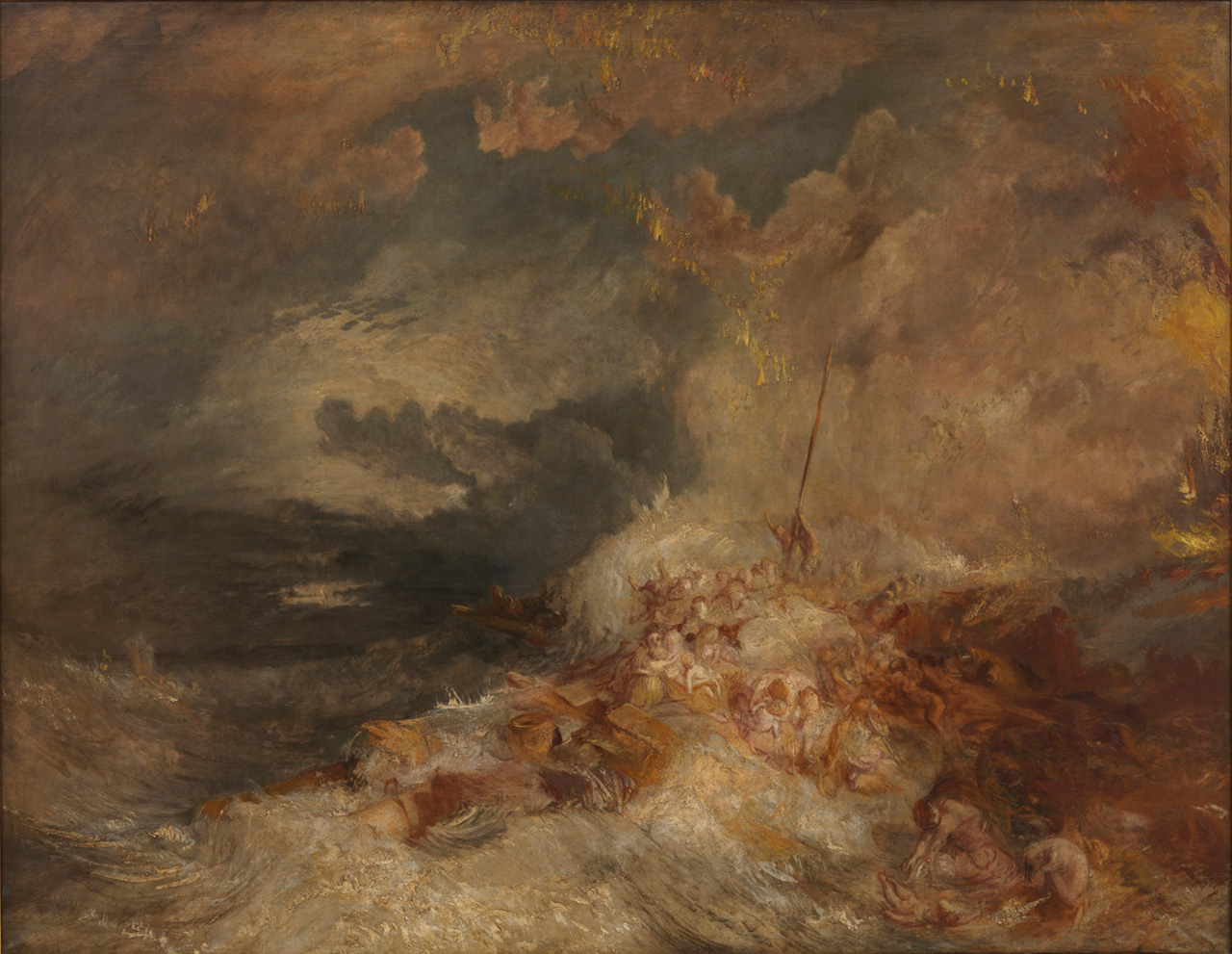Sea change
JMW Turner’s work is presented alongside contemporary soundscapes by African American artist Lamin Fofana in a new exhibition
Despite creating their respective work centuries and thousands of miles apart, JMW Turner and Lamin Fofana demonstrate a shared passion for the might and emotion of the sea. A forthcoming Tate Liverpool exhibition, Dark Waters, is set to pair the artists.
Turner, who died in his native London in 1851, requires little introduction. Frequently featuring near the top of Britain’s favourite artist polls, he used oils to capture dramatic light as it shifts perception and generates atmosphere in his most popular, later work.
Fofana spent much of his childhood in Sierra Leone and Guinea before relocating to the US as a teenager. Working with sound, his pieces, comprising ambient and atmospheric electronica, often focus on the power and politics of the seas, like many of Turner’s later paintings, .
“Last year Lamin was involved with the Liverpool Biennial,” explains Dark Waters curator Laura Bruni. “And his work looked at how the Atlantic was tied to stories of loss and death and war – themes that are very strong within many of his pieces. This gave it a strong connection to the seascape work of Turner who examined the strength of the sea and how it can be linked to tragedy and loss.”
Adding to the narrative is Tate Liverpool’s location between the Royal Albert Dock and the Mersey, alongside the city’s many maritime connections. Set to feature Turner’s seascapes plus watercolour studies and sketch books – some relating directly to time spent in the North West – the exhibition aims to present work familiar to many in an entirely new way.
Two of Fofana’s soundscapes – Life and Death by Water, heavily influenced by the writing of activist WEB Du Bois, and a new piece titled Resounding Water – will be playing in the galleries, creating an immersive experience.
Bruni says: “We envision this collaboration as something incredibly sensorial – a much more meditative way of viewing Turner’s work which will allow visitors to reflect on the themes both artists examine and question power structures in general along with the North Atlantic’s links to the slave trade.”
Although not an overtly political artist, during his time Turner did tackle subjects many of his contemporaries regarded as troubling. One of the paintings displayed is the evocative Disaster at Sea, a work concerned with the death of female and child convicts during transportation to Australia. Similarly, Fofana’s work examines incidents such as the Zong Massacre of 1781 when over 130 slaves were forced overboard during a storm to capitalise on the terms of the ship’s insurance. This very same subject was addressed by Turner in his painting The Slave Ship, first displayed in conjunction with anti-slavery conventions in London during 1840.
Many of the paintings to be shown as part of Dark Waters are from the artist’s late period, a time when his work was becoming increasingly abstract and truly groundbreaking.
“Turner was getting more and more fascinated by the change of light, the change of the weather and the effect that had on the sea, his images almost dissolving,” Bruni explains. “And although he was very much a successful and established artist some of these works were highly criticised and seen as too radical, too experimental. This exhibition will be a chance to enjoy these paintings again but in a new, fresh way.”
JMW Turner with Lamin Fofana: Dark Waters, is at Tate Liverpool 27 Sept-4 June 2023

Leave a reply
Your email address will not be published.